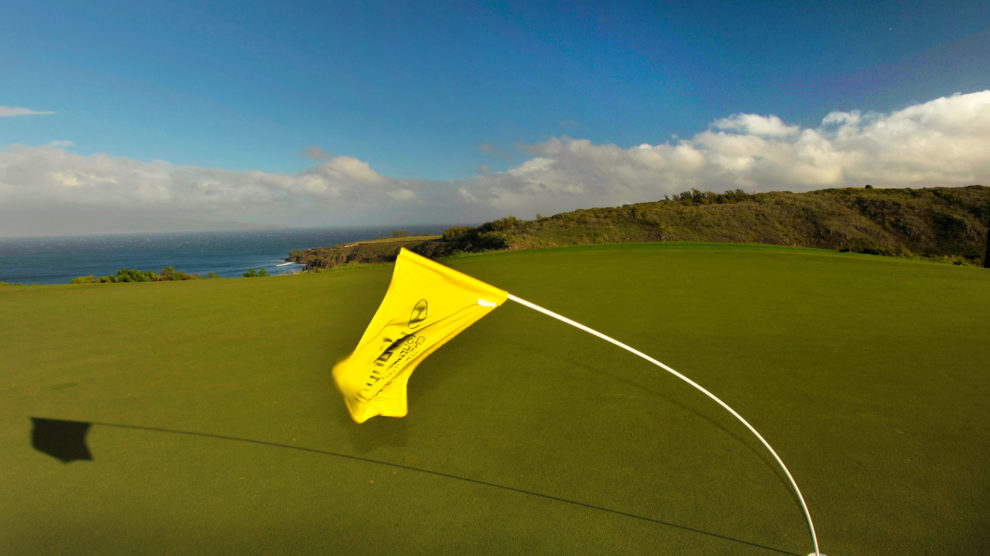Golf is played outside, making it a sport subject to the elements and Mother Nature. On any given day, the conditions can and do change, meaning golfers have to decipher how to change their game in response to them. Sometimes a golf course is firm or soft. Sometimes it's hot. Sometimes it's windy.
In golf, wind is the most difficult natural element to understand. The wind can change direction and speed from shot to shot, requiring a golfer to freshly factor it in on practically every stroke. Figuring out how much the wind -- whether into your face or at your back -- will affect the golf ball is tricky for most golfers. But learning how to account for wind will make any golfer a better player and lower their scores.
How to calculate distances in golf with the wind and into the wind
The first, and perhaps most important, thing to know about how wind affects the golf ball is that a headwind hurts carry distance substantially more than a tailwind helps it. That's because the headwind tends to get under the ball, causing it to spin more and elevate more, dropping it down steeper and sooner. A tailwind does the same thing, but the wind direction is also pushing the ball toward the target instead of back toward the player.
Statistically speaking, a headwind negatively impacts golf-ball carry distance substantially more than a tailwind positively impacts carry distance. For example, a 10 mph wind -- generally referred to as a one-club wind -- means a 5 percent gain in carry distance as a tailwind and a 7.5 percent decrease in carry distance as a headwind. Double the wind speed to 20 mph, and the disparity grows: the headwind knocks 15 percent off the distance while the tailwind helps by 10 percent. The windier it gets, the bigger the difference between headwind and tailwind.
Since wind does not impact the ball in a linear fashion, it's important to keep that in mind when calculating distances and accounting for wind. Take the example of a 150-yard shot. In a one-club, 10 mph direct headwind, a golfer should add 7.5 percent of that shot's distance to the stated length. That 150-yard shot will play like 161 yards.
In the converse example of a 150-yard shot with a 10 mph direct downwind breeze, a golfer would take off 5 percent. The 150-yard shot would play like 142 yards.
The trickiest winds, of course, are those that blow in from the side in some fashion. A direct side-to-side wind will not add or subtract distance from a shot so much as it impacts the ball's flight side to side. The length impact is fairly minimal.
However, trying to discern winds that are helping or hurting and from the side are the toughest of all. This is a skill that takes time to develop and requires a golfer to know what kind of shot shape they prefer. If you hit a draw into a wind from the left, the lateral wind direction will negatively impact the ball carry -- fighting the wind, so to speak. If you hit a draw into a wind from the right, the lateral wind direction will positively impact the ball carry -- riding the wind, so to speak. The impact depends on the wind speed but also how much your ball curves. There's no clear prescription for that; it all comes down to feel.

